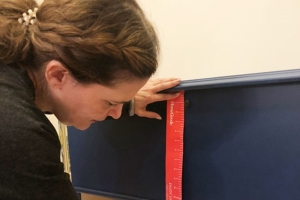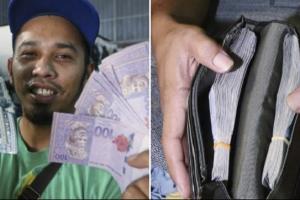The state does not trust entrepreneurs. Often it has substantial reasons for this. To keep the situation under control, many leverage is used. Reporting and auditing - this is not limited to this. Equally important is tax monitoring as a form of tax control.
Introductory information
Begin with a definition. Tax monitoring is a form of supervision that allows you to check whether all calculations have been carried out correctly, whether taxes, fees, insurance premiums that are assigned to payers are fully and timely paid. It is a way of enhanced information collaboration. In this case, it is provided that the organization provides real-time access to the tax authority to accounting data. In exchange, he may receive the right to request a reasoned opinion on the consequences of transactions. Conducting tax monitoring allows you to speed up the resolution of disputes regarding the application of the law and avoids future accrual of penalties, fines and taxes. Additionally, this reduces the burden of control. If a monitoring regime has been introduced, the tax authorities cannot carry out inspections except in certain specified cases.
How to apply for it?

Tax monitoring as a new form of tax control has proved to be quite good. To conduct it in the organization, you must submit an application and meet the following conditions:
- The amount of excise taxes, value added taxes, profits of the organization, mining operations for the calendar year preceding the submission of the request should be at least 300 million rubles, excluding funds that were paid when moving goods across the customs border. If we are talking about a consolidated group of payers, then the aggregate value is displayed.
- In the calendar year preceding the filing of the application, the total amount of income received, according to the reporting data, should be at least three billion rubles.
- The total value of assets as of December 31 should be at least 3 billion rubles.
As you can see, such an option is imprisoned for its use by large business entities. Now let's talk about the order of treatment:
- An application may be submitted by organizations in relation to which tax monitoring is not carried out. This must be done no later than July 1.
- The application must comply with the approved form No.MMV-7-15 / 323.
- It is also necessary to provide regulations for information interaction.
- Data on legal entities and individuals who indirectly and / or directly participate in the processes of the organization. But at the same time, their share should exceed 25%.
- Internal documents governing the internal control system.
- Accounting policy.
About terms and periods, as well as about inspections and refusals

One calendar year. This is the period for which tax monitoring is carried out. The term is a little longer - it starts on the first of January, and ends on October 1 of the year, which follows the start of the audit. While the verification period is underway, tax authorities do not have the right to carry out desk and field studies of the situation. But there are exceptions:
- A tax return is submitted for the reporting period after the first of July of the year following the period.
- Early termination of monitoring.
- An updated tax return is provided in which the amount of tax payable to the budget system is reduced (the size of the resulting loss is increased).
- An on-site inspection is carried out in order to monitor the activities of monitoring bodies.
- The payer does not comply with the motivated claim of the tax structure.
Having received the application and the necessary documents, the head of the body must make one of two decisions by November 1:
- Carry out tax monitoring.
- Refuse.
In the second case, it is necessary that the decision be motivated. The grounds for refusal are:
- Failure to provide the required information (in whole or in part).
- Non-compliance by the organization with the conditions put forward.
- Non-compliance with the requirements of the regulation of information interaction.
- The internal control system used by the organization does not meet the established requirements.
The decision to hold or refuse shall be sent within five days after its adoption.
Procedure and motivated opinion
Monitoring is carried out by authorized officials working in the tax authority at the location. They may seek clarification and documentation. Especially important is a motivated opinion. It is used to reflect the position of the tax authority regarding the issues of correct deduction, completeness and timeliness of payment transfers. It can be drawn up either at the initiative of the inspection body or at the request of the organization. The first case takes place when a fact is established that indicates incorrect deduction of payments, their delay or incompleteness. Requests are sent in cases where the organization has certain doubts or ambiguities on specific issues. It should state the position of the (non) commercial structure in relation to which monitoring was carried out. A request must be sent no later than July 1 of the year following the period. In this case, a reasoned opinion is obtained after one month from the date of its transfer to the tax authority. This period may be extended. Maximum - for one month. This is done in cases where it is necessary to request additional documentation. Such a decision shall be notified in writing within three days after the adoption of the relevant decision.
Mutually agreed procedure
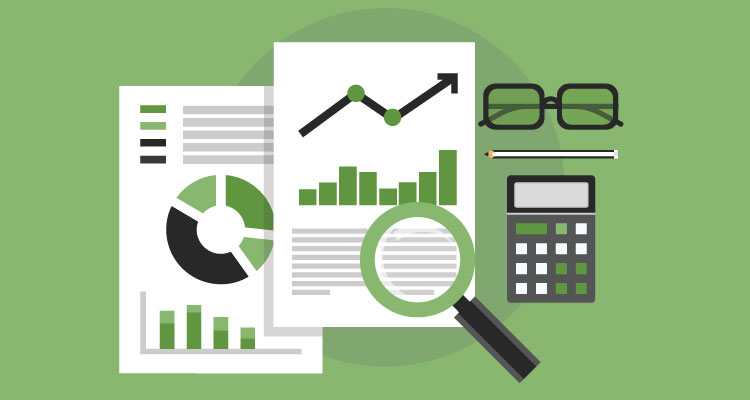
Tax monitoring as a form of tax control is well established. But this does not mean that there are no conflicts of interest. So, if there is disagreement with the provided motivated opinion within one month after receipt, the organization may send a message with disagreement to the tax authority. Within three days from the moment of their receipt, a mutually agreed procedure is initiated. The decision on this is sent to the federal executive body, which is responsible for control and supervision in the field of taxes and fees.
After the disagreement data is received, as well as all the necessary materials, a mutually agreed procedure begins. It lasts one month. A tax authority that draws up a reasoned opinion, as well as an organization that is not satisfied with it, is involved in the procedure. According to the results, it is notified of the decision, about its change or leaving as it is. The organization has a month from the moment of receiving information in order to declare its non / consent. The tax authority must not later than two months from the end of monitoring notify the audited structure of the presence or absence of unfulfilled motivated opinions that were sent.
Reasons for implementation

Why is such a tax audit introduced? Monitoring is a consequence of politics, when a transition is made from control to transparency and mutually beneficial cooperation.After all, if you think in the optimal direction, then an honest company has nothing to hide from the state. If all taxes and fees are paid, then why not take the opportunity to ease the bureaucratic burden? Moreover, if certain errors are made, they can be quickly eliminated, avoiding future problems.
The purpose of tax monitoring is to build mutually beneficial relationships. To do this, the organization must voluntarily in real time provide inspectors with access to primary documents, accounting data, tax registers, as well as other information. All this allows you to control whether payments are calculated correctly without conducting field and desk checks. Of course, in conditions when there is a desire to evade very large participants in economic relations, this position leads to numerous disapproval. Therefore, it was decided to start with large enterprises. And then, hopefully, tax monitoring in the Russian Federation will become more accessible.
Basis for work
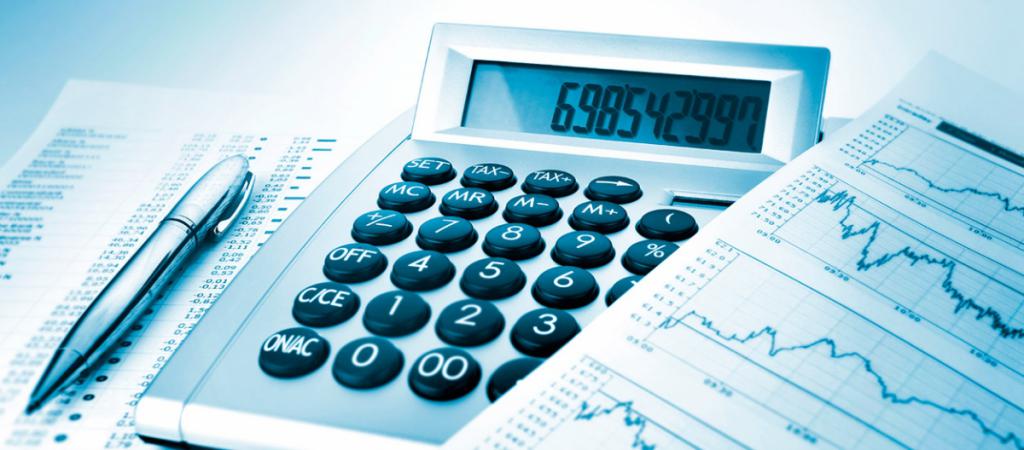
Tax regulation is a set of measures of indirect influence of the state on the economy. Now there are goals with improving the management system. At the same time, it is necessary to work not only with tax regulation, but also with administration. Focus on creating a stable and efficient system.
Moreover, tax monitoring is a multifunctional concept. He can explore the surrounding reality, processes, phenomena, mechanisms. Its control function is inextricably linked with the need to monitor the efficiency of tax payments by state bodies. In this particular case, it acts as a mechanism of discipline. For the federal tax service, this is advantageous in that the use of this approach makes it possible to better control compliance with the law and to do it faster and more efficiently.
The introduction of "early" control allows you to timely register and consider potential complications of future problems, then to make adjustments and corrections for their immediate elimination. The main task performed is the collection of objective information about the current activities of the payer. The organization of tax monitoring emphasizes a clear definition of the correctness of the calculation of taxes and fees. At the same time, the accounting openness of the company for inspectors is brought to the fore. In the future, it is likely that the stake will be placed on the tax monitoring service and out of an additional property, as now, such an approach will become fundamental.
About directions
To increase the efficiency of the entire system, it is necessary to strive for targeted data processing with their subsequent transfer to information and execution. For this, a breakdown is carried out in two directions:
- Monitoring the competitiveness of the tax system. This is closely related to the need to effectively ensure the regulation of the economy as a whole, and its individual segments.
- Monitoring tax risks of the state. It manifests itself in the need to increase the level of efficiency of tax regulation.
In short, both directions have the same goal - improving the efficiency of the current system. They only come to her from different angles. Thus, the detection of imperfections in the current legislation, inaccurate and poor-quality study of specific issues, the widespread results of regulation, the initiation of competitive studies, comparison with the situation in other countries - all this allows us to improve the efficiency of the current system by modernizing it. This approach allows us to evaluate all levels both within individual business entities and the entire state. And about another property that has such a tax audit. Monitoring acts as a passive form of control.The emphasis is on observation and research. At the same time, such relationships are formed that can prevent risky operations. In this case, the law is not violated, and the funds of the organizations are saved.
About implementation and prospects
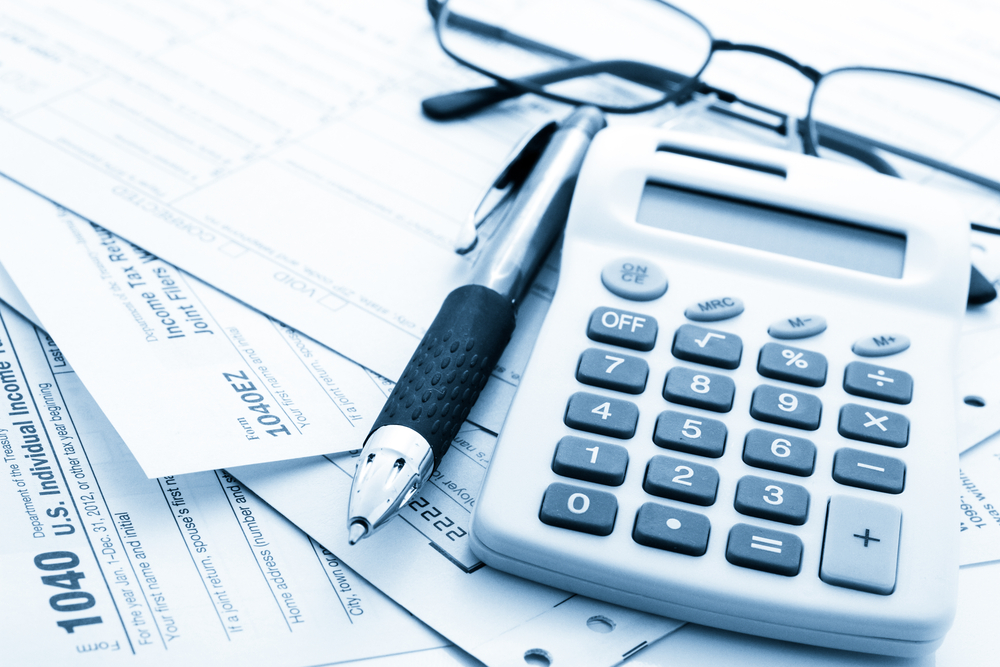
Monitoring tax control, not verification, was first introduced in 2012. Then a pilot project was launched with the participation of five organizations. They needed to provide initial reporting, as well as documents to confirm the correctness of the calculation of taxes and fees that the responsible authorities might need in order to notify about the circumstances containing the risk. Payers were required to inform about their decisions regarding specific issues. And he was given advice on controversial issues regarding the wording of tax legislation. The results of the pilot project were recognized as excellent. A systematic interaction was noted. At the beginning of the launch of the pilot project, the number of companies that showed interest in it was 2-3 dozen. But already in 2015, this approach attracted the attention of about two thousand taxpayers. To access information at any time, real-time operation was introduced. The law ensuring the legal framework began to work only in 2015. Although some provisions entered into force only in 2016. In the long term, the widespread introduction of this institution will achieve a number of advantages. Today, taxpayers have a choice: either systematically and promptly supply the necessary documents, or open access for inspectors to information.
Conclusion

Human civilization is on the path to perfection. Although this is not always a straight line upward movement, such an approach as tax monitoring is, of course, a step forward. The innovation in this case is the organization of direct interaction between business entities and government bodies, which is carried out in real time. The result is the acquisition of mutually beneficial results. You can act promptly, faster, and preventively monitor compliance with tax laws, correctly calculate and pay all payments on time. The introduction of tax monitoring will allow developing a completely different level of relations between fiscal authorities and companies, improving the quality of the administration.




